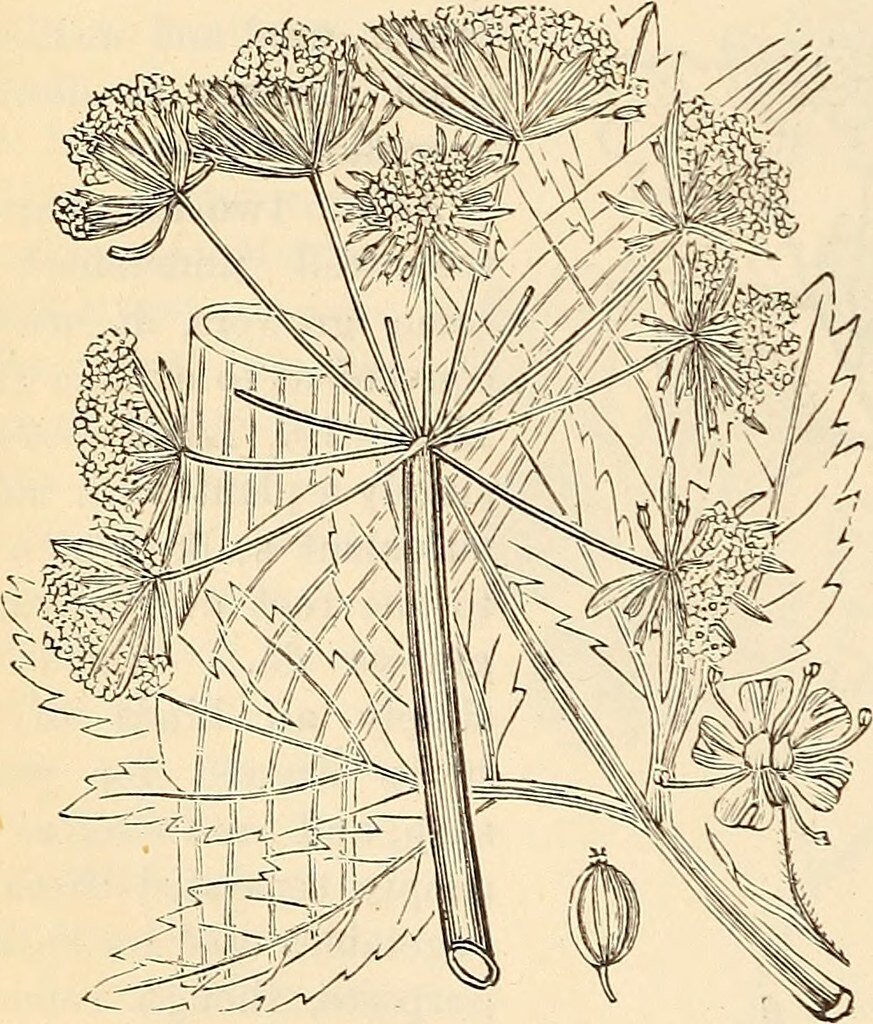Aquavit Journal: The Origin of Botanically Flavored Spirits

The history of distillation goes back to around the 1st century AD, with the most robust evidence found in ancient Roman Egypt, Mesopotamia, and China. However, since civilizations in virtually every corner of the world were making fermented beverages (e.g. beer and wine - a prerequisite to distillation) for thousands of years BC, the exact origin is unclear.
What is known is that for most of distilling’s early history, it was more of a rare scientific novelty and not a widespread craft. In fact, the modern “alembic” still was invented by Arab alchemists seeking to refine their concoctions or even turn common metals into gold. When they discovered they could concentrate alcohol to make brandy from wine, the resulting “spirit” was used mainly for medicinal purposes.
But a major shift occurred when distillation was introduced to Europe. As the Ottoman wars brought Turkish Muslims deeper and deeper into Europe through the 14th and 15th centuries, knowledge of distillation spread amongst European Christians. And the realization that distilled spirits had a strong relaxing and euphoric affect quickly followed. As you might expect, social drinking became common quickly! There was just one problem: early stills created awful, harsh-tasting booze.
To cover the harsh taste early Europeans began adding botanicals to soak in their spirits before consuming them. They used many hundreds of types. Of today’s most commonly known botanical spirits, gin, genever, and aquavit, all trace their roots to this period of European history. And it is in fact Scandinavia’s beloved drink aquavit which first appears in the historical literature.
